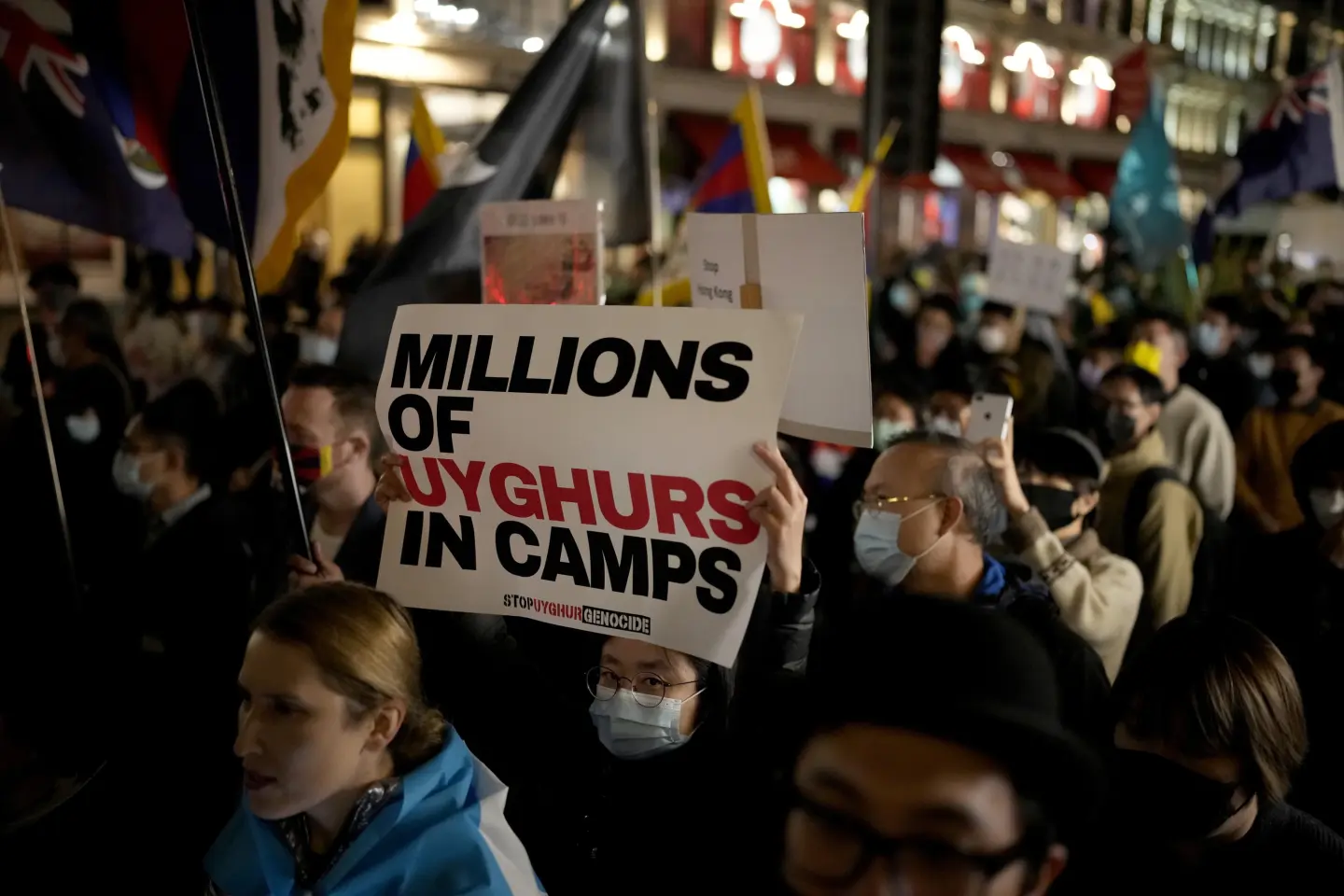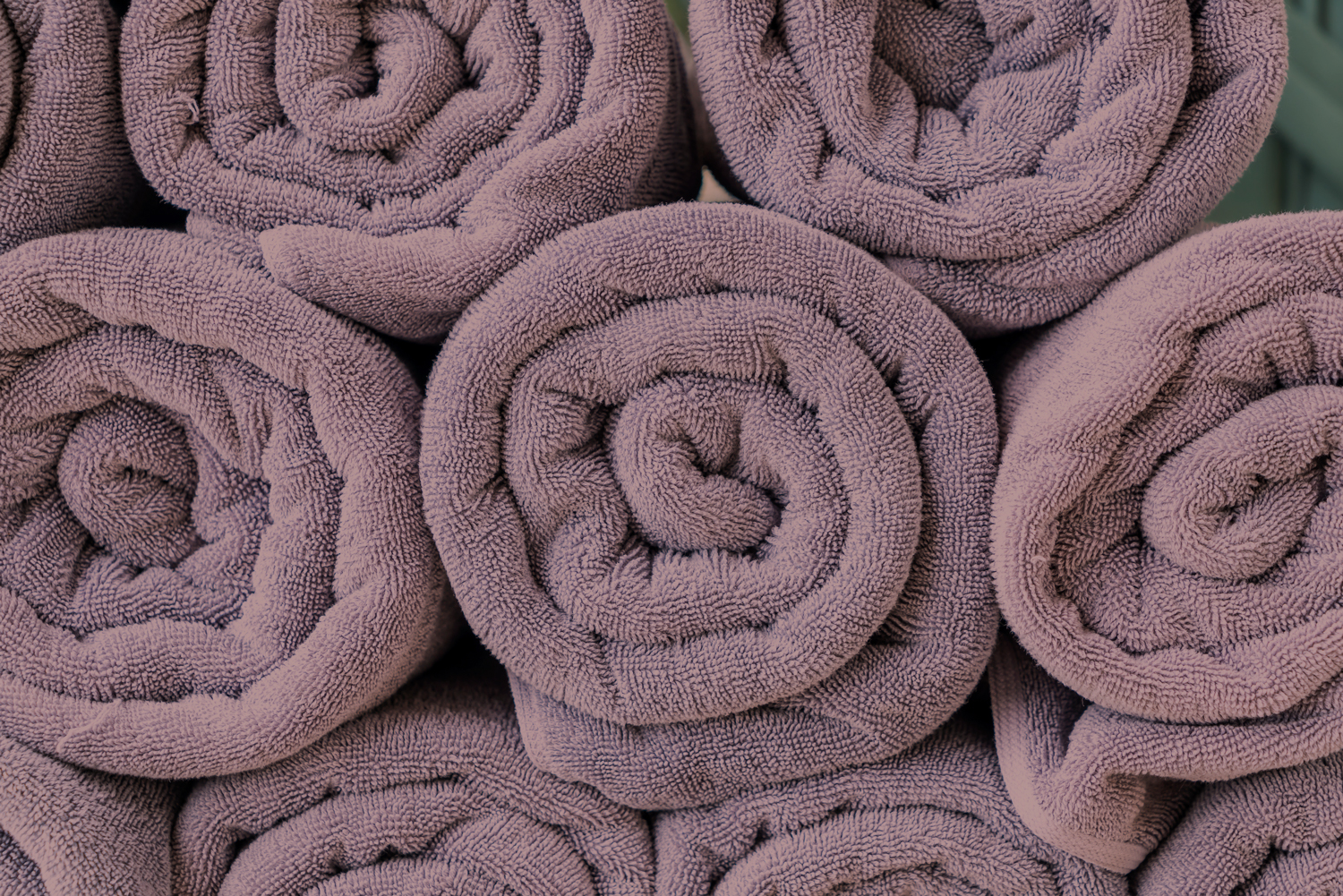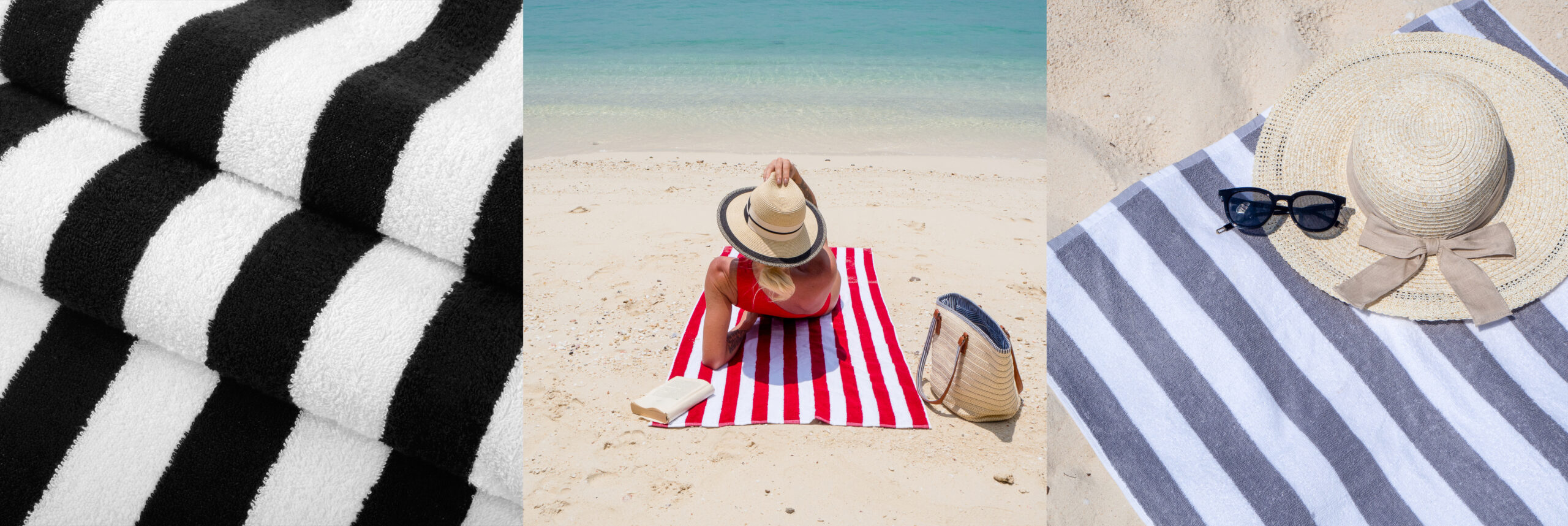In mid-March, the US was hit with a crisis never seen before. Social distancing was a new catchphrase, and as citizens went into various degrees of self-quarantine and non-essential business closed. One thing that did not get slower was the level of cleaning throughout commercial, residential, and government buildings.
As a distributor of reusable wiping products, we can categorize our items into three primary sources of supply:
- Wholesale Microfiber Cloths and Mops
- Wholesale Repurposed and New Textiles
- Wholesale Recycled Textiles
These three main product segments have all had their unique issues from mid-March to date. All of which have had tremendous pressure on sources of supply. The breakdown of each is unique, and I’ll do my best to provide background and the path forward.
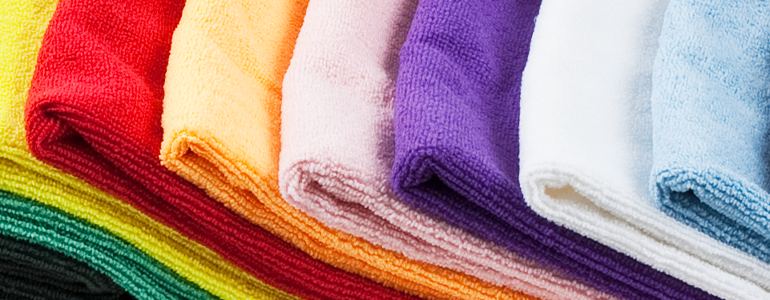
Wholesale Microfiber Cloths and Mops
Microfiber towels (and mops) are by far the best performing wiping products available on the market. There are thousands of websites touting their benefits, performance, and cleaning attributes, including our own. The main issue with the supply currently is simple.
First, during Chinese New Year, which fell in late January 2020 and typically factories close for anywhere from 1-3 weeks, depending on the region. Most distributors of this category will make plans for this period by increasing their inventory levels prior. The problem in 2020 was that these factories had shutdowns the began prior and extended through the CNY because of COVID 19. This shutdown lasted up to eight weeks in many regions and shut down production for most factories. So, there was already a shortage of products based on regular planning for importers and distributors of microfiber products in the US.
Austerity is especially true for larger private equity-backed companies that usually keep their net working capital on a very tight leash. Typically, the larger the company, the more tightly the inventory is managed. When there is a market disruption, it leads to insufficient stock or out of stock positions.
In mid-March, the COVID-19 crisis hits the US with fury. The immediate need for cleaning increased ten-fold. Monarch experienced sales in microfiber for the month of March that were typical for 4-5 months of the previous volume rolled into a 30-day window. Typically importers would hold thirty to sixty days of inventory.
Monarch as a policy keeps 120 days with a 120 pipeline. Most stocks in the category come from China, which has a 90-120 day lead time. With record demands, a shutdown for CNY, and an unforeseen shut down after that; the domestic demand far exceeds the supply.
At this point, there are manufacturers feverishly shipping microfiber to restock the shelves for many importers. However, if this wasn’t a keep category for your supplier, they may manage inventory tightly, so most likely, you’re out of stock.
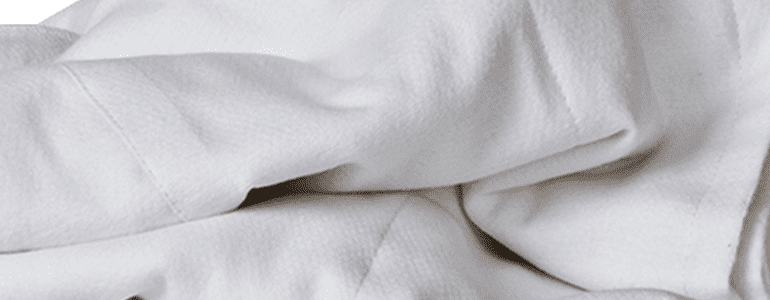 Wholesale Repurposed and New Textiles
Wholesale Repurposed and New Textiles
Repurposed textile products generated as a byproduct of textile production are the most economical cleaning applicators. In other words, mistakes manufacturers produce while trying to make a first quality product. Wipers get generated from irregular or scraps from knitting and terry production that are trimmed to wiper size and sold by the pound. Typically mills will have byproducts that are 1-3% of first quality textile production on a per pound basis.
In a typical month, Monarch Brands will process one to two million pounds monthly. Items in this space include irregular terry bar mops, knitted rags from garment production, or terry pieces all sold by the LB. The key to this space is having mill relationships, space, and capital. At the end of March, most countries in Central America (the largest suppliers of t-shirts to the US), as well as India, Pakistan, and Bangladesh, all ceased operations to slow down the spread of COVID.
So, the sources of supply for cotton wiping cloths throughout the world virtually all shut down at the same time. As production sits idle and inventory demands remain high, it is a function of time before availability in the US market shrinks, and pricing increases for the remaining stock. This market is fluid and trades at a wholesale level based on availability and market demand.
The only way for a US supplier in this category can maintain price points is with incredibly large capacity and a pipeline to support unforeseen order volume. This space will begin to see limited supply availability from mid-May onwards and is dependent on the Central American and Asian manufacturing facilities’ ability to reopen sometime in the future.
Finally, the last market affected would be the used/reclaimed/recycled textile industry. According to Secondary Materials and Recycled Textiles (SMART), nearly 100% of all used clothing and household textiles can be reused or recycled. Resold apparel counts for 45%, 30% of textiles get converted into industrial polishing/wiping cloths, and 20% get processed into raw fiber for new products. 95% of all used clothing is recyclable, only 5% is unusable due to mildew or other contamination.
Companies in the textile reuse and recycling industry consist of collectors, processors, and distributors of all types of used clothing, textiles, and secondary materials.
Collectors are companies that collect used clothing and other household textiles from the public. Also, collectors gather materials from industrial laundries, healthcare institutions, hotels, and other businesses that utilize large amounts of textile products. Another source of textile products that are directed into the recycling stream by “collector” companies is textile waste from clothing manufacturers.
Collectors bale and sell these clothing products “as is” to clothing graders or other dealers. Used clothing “graders” sort the items assign cloth standards and resell the graded product. The activities of collectors, graders, and recycled clothing brokers are instrumental in diverting solid waste from landfills.
Processors sort, grade, and reprocess used clothing and household textiles during the recycling process. At the facilities where clothing and textiles get sorted, the items are then made into large bales to be resold. The newly created bales of used clothing may be resold within the United States. However, most often, the products are shipped overseas to developing markets in Asia, Africa, Europe, or Central and South America.
The main issue at this point is the collection process, grading and cutting of recycled product came to a screeching halt. With donations down, sorters closed worldwide, and factories in EPZ’s (export processing zones) all closed, the source of supply for this category will face an incredible shortage. It is up to distributors and dealers in this market to have deep-seated relationships in various parts of the world to maintain stock levels. Like the new repurposed textiles, this market is fluid, and will fact tremendous pricing pressure should demand to continue to sustain.
In summary, there are several wiping cloth categories that are going through fast changes during this global epidemic. Specialists in these products will either suffer in shortages or price increases depending on their focus. The ones who have excessive stocks, deep pipelines, and truly global reach are set to really shine during this time of crisis.
Our strategy has always been our depth of inventory and diversification of supply sources. So, as an importer of commodity-based products, what we try to do is take a global view of product availability. Essentially you need to view worse case scenarios and create relationships globally to mitigate risk. Examples would be to create product streams based in Europe, Central America, Asia, and the US. As new restrictions are being implemented in various parts of the world, we hedge our inventory positions by sourcing globally with vetted sources and detailed product specifications established long before a crisis.
Although pricing varies in various markets, advance planning allows us to continue to supply our customers in need for extended periods of time. Providers of wiping products and floor care needed to plan well in advance for this event. As a supplier, we have strategized and established roots in this global marketplace. Our hope is that we have enough product to supply a demand volume that has been and will continue to be, incredibly high, albeit unpredictable.


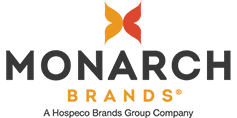
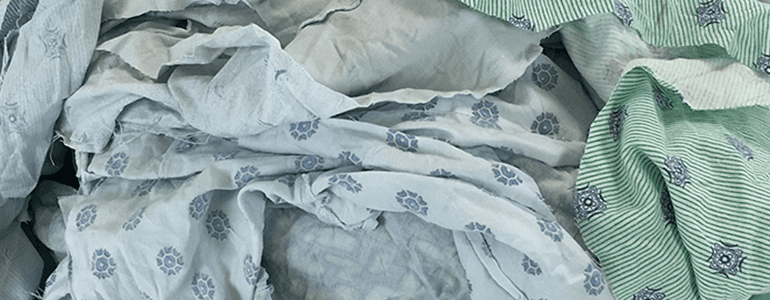
 Author: Hal Kanefsky
Author: Hal Kanefsky

